A fiber-rich diet is essential for maintaining a healthy digestive system, managing weight, and boosting energy levels. Incorporating the best sources of fiber into your daily meals can have a significant impact on your overall well-being.
Consuming foods high in fiber can help regulate bowel movements, prevent constipation, and support healthy blood sugar levels. Moreover, a diet rich in fiber can aid in weight management by promoting feelings of fullness and reducing the likelihood of overeating.
This article will explore the top 25 high fiber foods that can be easily incorporated into your diet to support digestion, weight management, and energy production.
Key Takeaways
- Including a variety of fiber-rich foods in your diet supports healthy digestion.
- A fiber-rich diet can aid in weight management and energy production.
- The best sources of fiber include a range of fruits, vegetables, and whole grains.
- Consuming high fiber foods can help regulate blood sugar levels.
- A well-planned fiber-rich diet can improve overall health and well-being.
The Science Behind Dietary Fiber
The importance of dietary fiber in maintaining digestive health and preventing chronic diseases cannot be overstated. Dietary fiber, found in plant-based foods, is a crucial component of a healthy diet, contributing to overall well-being.
Dietary fiber is categorized into two main types: soluble and insoluble fiber. Soluble fiber dissolves in water, forming a gel-like substance that helps lower cholesterol levels and regulate blood sugar. Sources include oats, barley, nuts, seeds, and fruits like apples and berries. On the other hand, insoluble fiber does not dissolve in water and helps add bulk to stool, promoting regular bowel movements and preventing constipation. Whole grains, vegetables, and nuts are rich in insoluble fiber.
Soluble vs. Insoluble Fiber: What’s the Difference?
The distinction between soluble and insoluble fiber is crucial for understanding their roles in health. As noted by a study, “Soluble fiber’s ability to form a gel-like substance in the stomach helps slow down digestion, allowing for better nutrient absorption.” In contrast, insoluble fiber’s role in promoting bowel movements is vital for preventing digestive disorders.
Daily Recommended Fiber Intake for Adults
The daily recommended intake of fiber varies by age, gender, and other factors. Generally, the Dietary Guidelines for Americans recommend that adults consume 25-30 grams of fiber per day.
Men’s Requirements
Men under 50 require about 38 grams of fiber daily, while those over 50 need about 30 grams. Incorporating a variety of fiber-rich foods into their diet can help men meet these requirements.
Women’s Requirements
Women under 50 need about 25 grams of fiber per day, while those over 50 require about 21 grams. A well-planned high fiber diet plan can help women achieve these daily targets, supporting overall health and well-being.
To increase fiber intake, adults can focus on consuming a diverse range of fruits, vegetables, whole grains, and legumes. Understanding the science behind dietary fiber is the first step towards harnessing its benefits of fiber for a healthier lifestyle.
Benefits of High Fiber Foods for Your Health
A diet rich in fiber is associated with numerous health benefits, ranging from improved digestion to enhanced energy levels. Incorporating high fiber foods into your daily meals can lead to significant improvements in overall health and wellbeing.
Digestive Health Improvements
High fiber foods play a crucial role in maintaining a healthy digestive system. Fiber helps in the formation of bulk and softens stool, making it easier to pass, thus preventing constipation. A fiber-rich diet supports the growth of beneficial gut bacteria, enhancing overall gut health.
Weight Management Support
Fiber-rich foods tend to be more filling, which can lead to reduced calorie intake and support weight loss efforts. Foods high in fiber often require more chewing, giving the body more time to register feelings of fullness, thereby reducing the likelihood of overeating.
Energy Level Enhancement
A diet high in fiber can help stabilize blood sugar levels, providing a more consistent and sustained energy level throughout the day. This is particularly beneficial for individuals with busy lifestyles who require a steady supply of energy.
Heart Health and Cholesterol Reduction
Soluble fiber, found in foods like oats, barley, and fruits, can help lower cholesterol levels by binding to bile acids and removing them from the body, thus reducing the amount of cholesterol produced in the liver. This can lead to improved heart health and a reduced risk of cardiovascular diseases.
Blood Sugar Regulation
Fiber, particularly soluble fiber, can slow the absorption of sugar into the bloodstream, helping to regulate blood sugar levels. This is especially beneficial for individuals with diabetes or those at risk of developing the condition.
| Health Benefit | Description | Examples of High Fiber Foods |
|---|---|---|
| Digestive Health | Prevents constipation, supports beneficial gut bacteria | Legumes, whole grains, fruits |
| Weight Management | Aids in feeling full, reduces calorie intake | Nuts, seeds, avocados |
| Energy Levels | Stabilizes blood sugar levels | Oats, quinoa, whole grains |
| Heart Health | Lowers cholesterol levels | Oats, barley, fruits |
| Blood Sugar Regulation | Slows absorption of sugar | Legumes, whole grains, certain fruits |
As highlighted by a study published in a leading health journal, “A high-fiber diet can significantly reduce the risk of chronic diseases, including heart disease and diabetes, by improving various aspects of health.”
Fruits Rich in Fiber
Fruits are not only delicious but also packed with fiber, an essential nutrient for maintaining a healthy digestive system. Incorporating a variety of fiber-rich fruits into your diet can have numerous health benefits, from improving digestion to supporting weight management.
1. Raspberries: The Fiber-Packed Berry
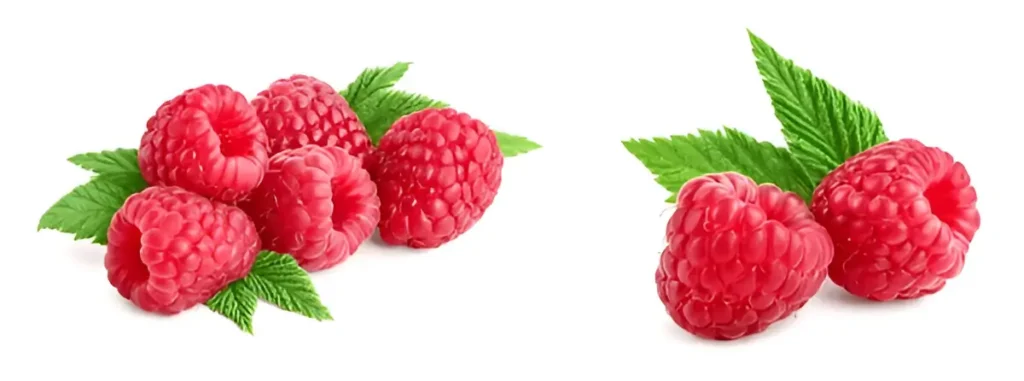
Raspberries are a standout among fruits for their high fiber content. With nearly 4 grams of fiber per 1/2 cup serving, they are an excellent addition to a high-fiber diet.
Nutritional Profile
Raspberries are not only rich in fiber but also in antioxidants, vitamins, and minerals. A 1/2 cup serving of raspberries provides about 1.5 grams of protein, 7 grams of carbohydrates, and is rich in vitamin C and manganese.
Ways to Enjoy
You can enjoy raspberries in various ways: as a fresh snack, added to oatmeal or yogurt, blended into smoothies, or as a topping for salads and desserts.
2. Pears: Sweet and Fibrous
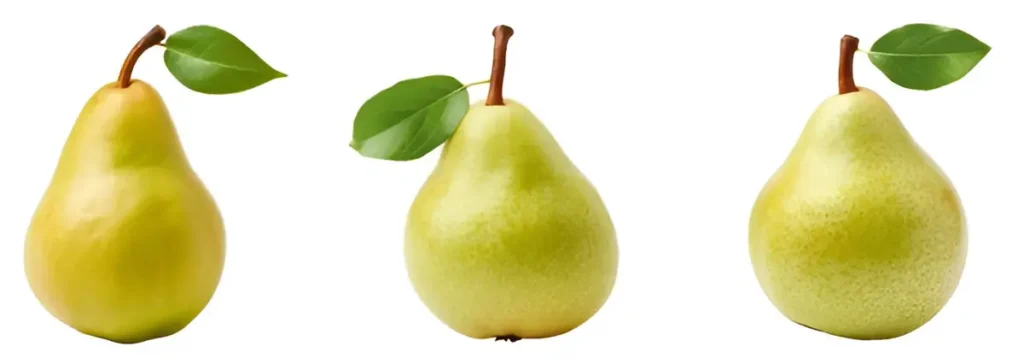
Pears are another fruit that is high in dietary fiber, with a medium-sized pear providing about 6 grams of fiber. They are also a good source of vitamins C and K.
3. Apples: An Everyday Fiber Source
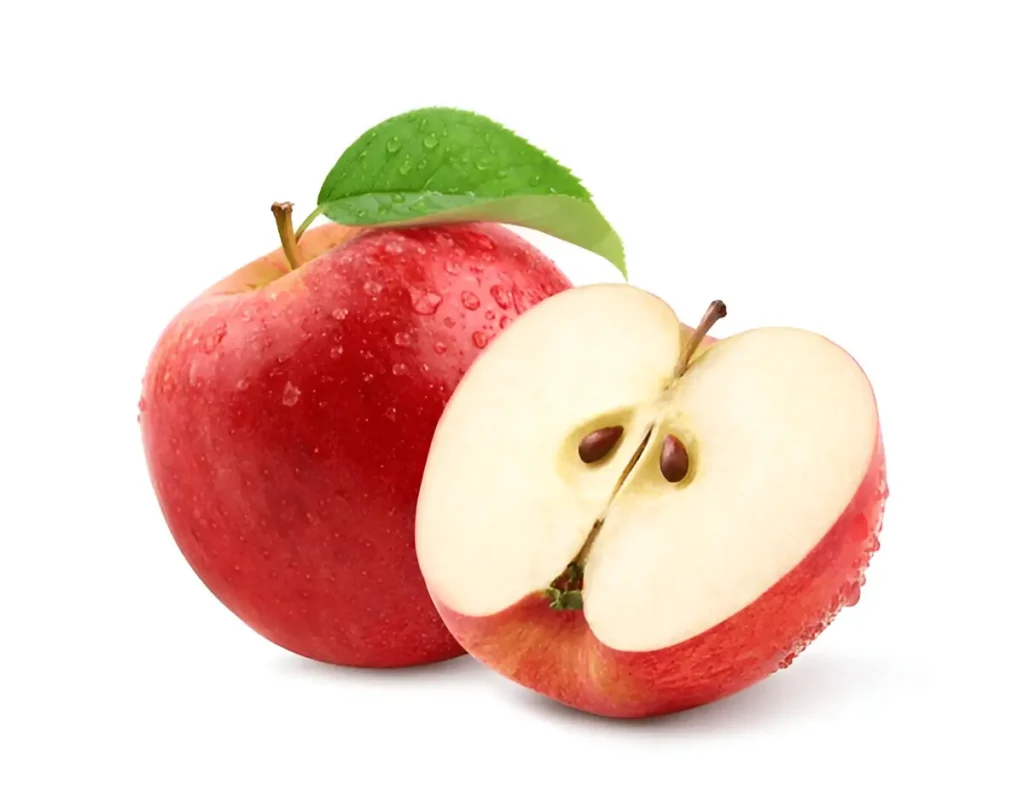
Apples are a common fruit that is rich in fiber, with a medium-sized apple offering about 4.5 grams of fiber. They are versatile and can be consumed in various forms, from fresh to cooked.
4. Avocados: Creamy Fiber Delivery
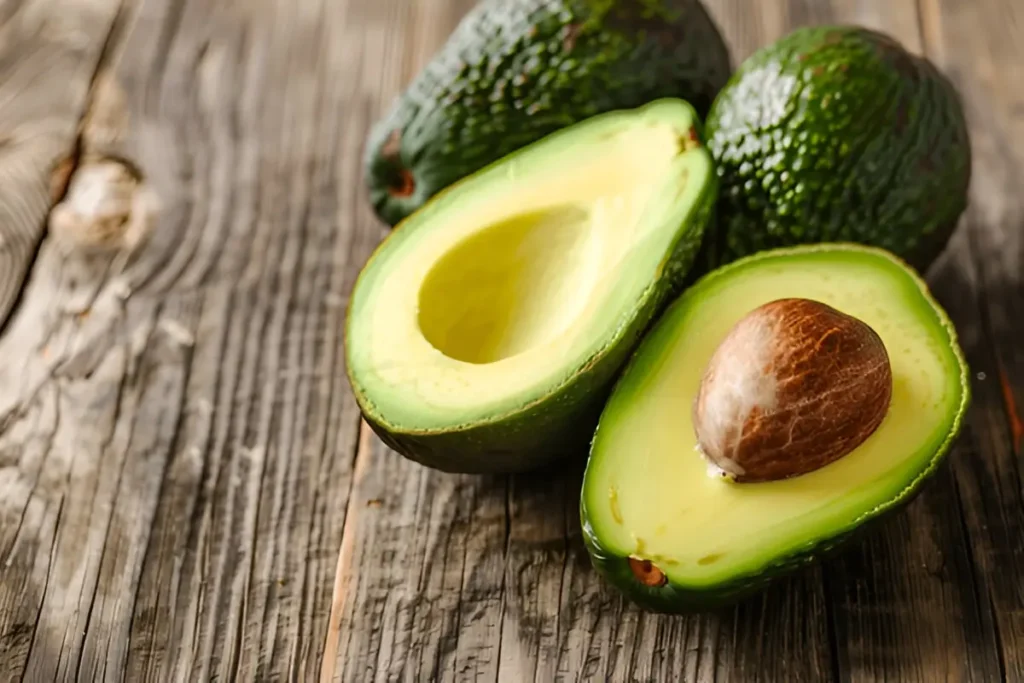
Although often considered a vegetable, avocados are a fruit that is rich in healthy fats and fiber. One medium avocado contains about 10 grams of fiber, making it an excellent choice for boosting fiber intake.
| Fruit | Fiber Content (grams) | Serving Size |
|---|---|---|
| Raspberries | 4 | 1/2 cup |
| Pears | 6 | 1 medium |
| Apples | 4.5 | 1 medium |
| Avocados | 10 | 1 medium |
Vegetables That Boost Your Fiber Intake
To boost your fiber intake, it’s essential to explore the variety of vegetables that are rich in dietary fiber. Vegetables not only add fiber to your diet but also provide essential vitamins, minerals, and antioxidants.
5. Artichokes: Fiber Champions
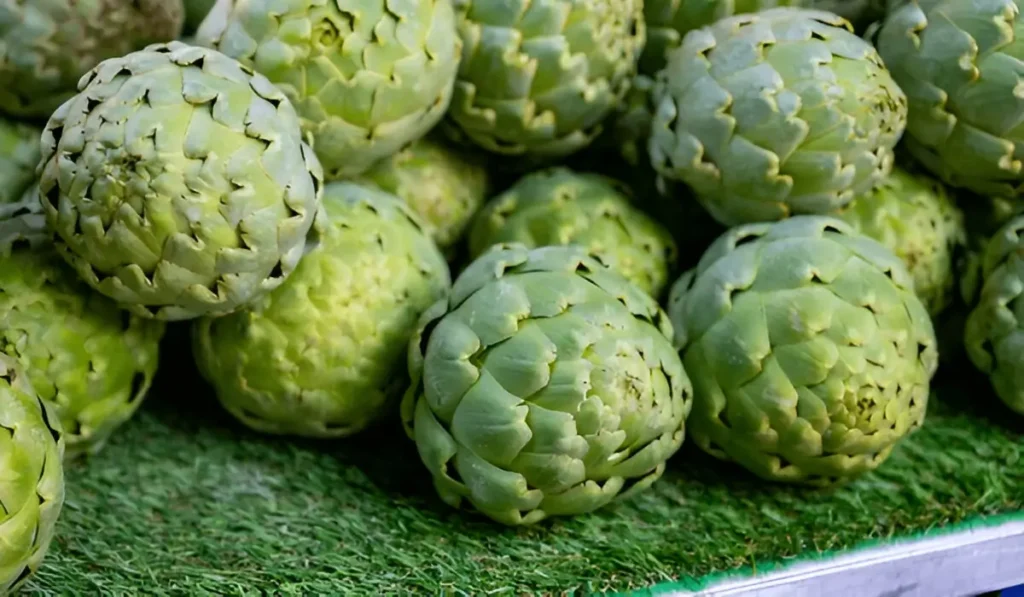
Artichokes are one of the highest fiber-containing vegetables, making them an excellent addition to a high-fiber diet. A medium artichoke can provide up to 10 grams of fiber.
Preparation Tips
Artichokes can be steamed, boiled, or roasted. To steam, simply place them in a steamer basket over boiling water, cover, and steam until tender.
Fiber Content
A medium artichoke contains about 10 grams of fiber, contributing significantly to the daily recommended intake.
6. Broccoli: Nutrient and Fiber Dense
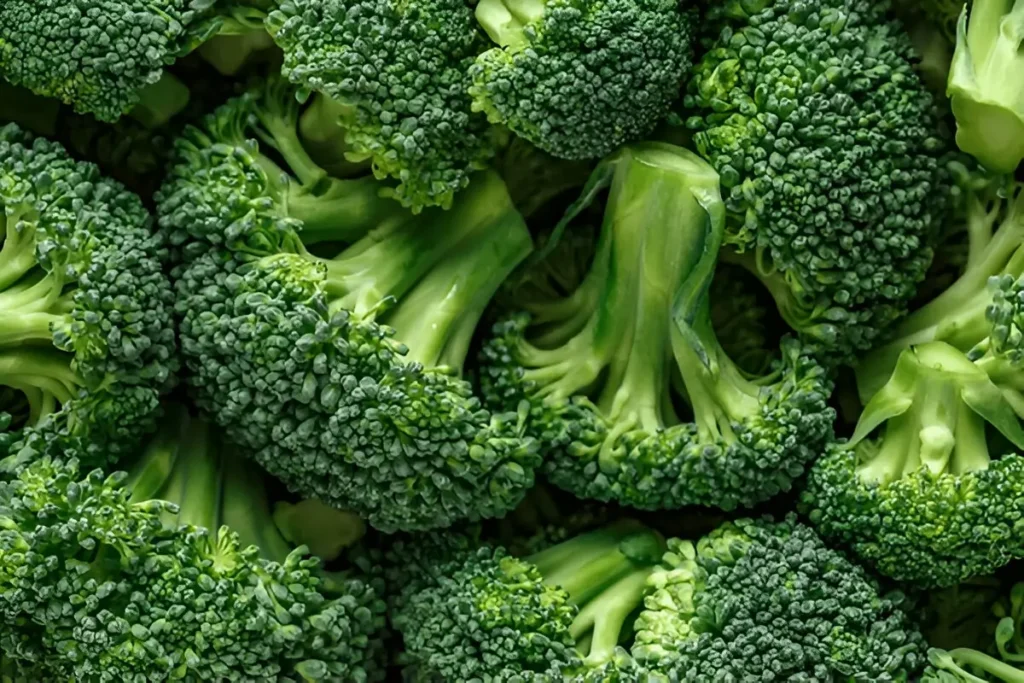
Broccoli is another vegetable that’s not only rich in fiber but also packed with vitamins C and K, and cancer-fighting compounds. One cup of cooked broccoli contains about 5 grams of fiber.
7. Brussels Sprouts: Small but Mighty
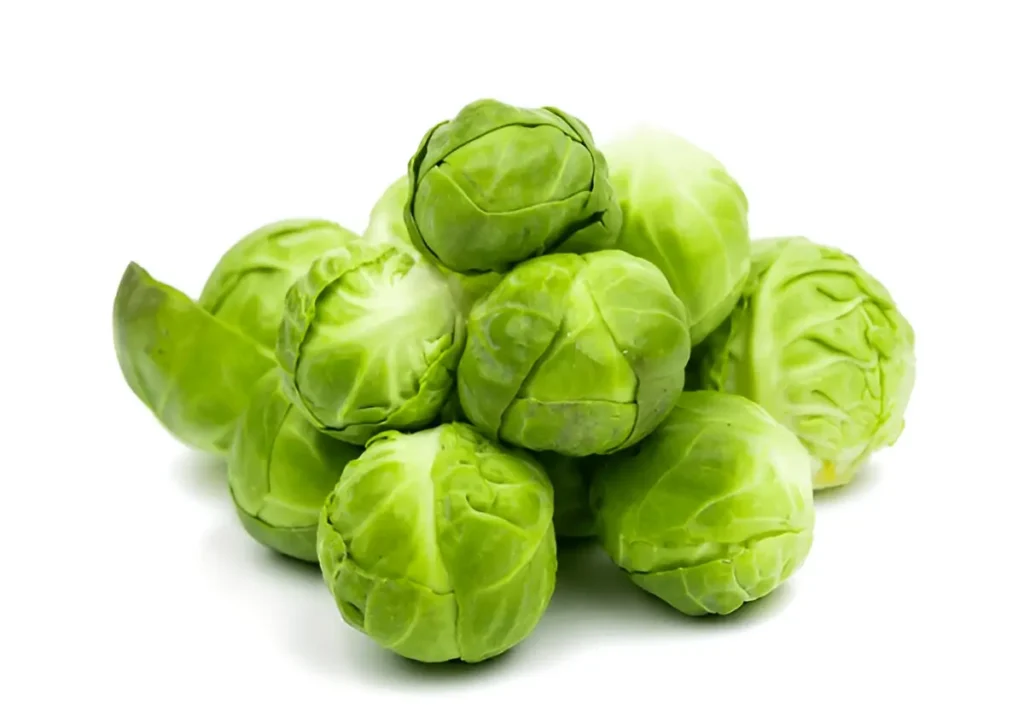
Brussels sprouts are small, nutrient-dense vegetables that are high in fiber. One cup of cooked Brussels sprouts provides about 5.1 grams of fiber. They can be roasted or sautéed as a side dish.
8. Carrots: Crunchy Fiber Source
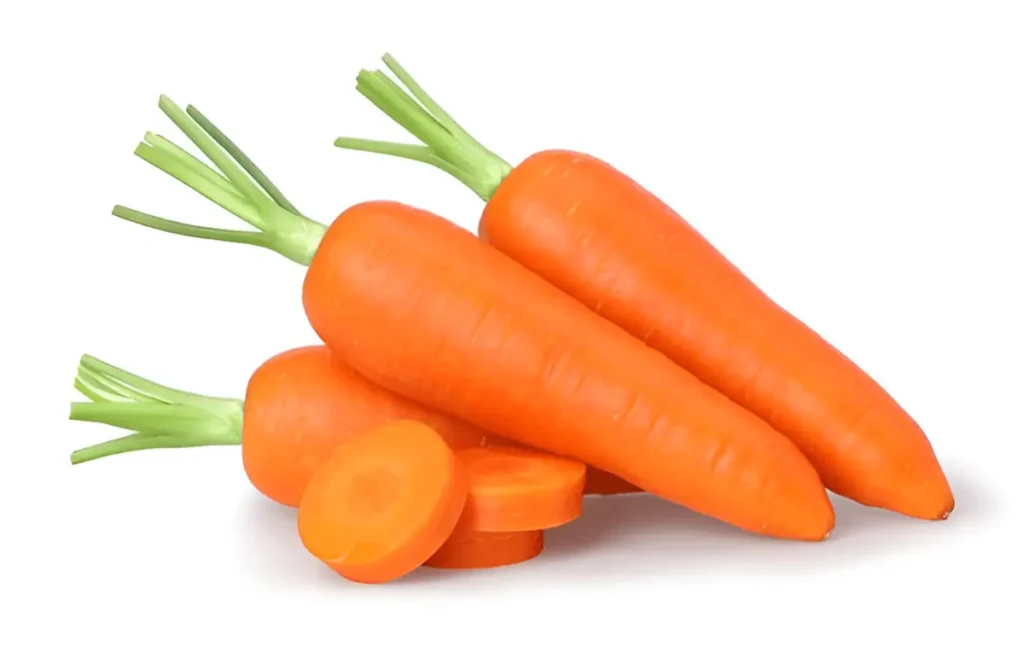
Carrots are a crunchy and sweet addition to salads, stews, and as a snack. One medium carrot contains about 3.7 grams of fiber. They’re also rich in vitamin A, supporting healthy vision and immune function.
Incorporating these vegetables into your diet can significantly increase your fiber intake, supporting digestive health and overall wellbeing. Experiment with different preparation methods to find your favorite ways to enjoy these high-fiber vegetables.
Legumes: Powerhouse Sources of Fiber
Legumes are renowned for their high fiber content, making them a staple in healthy eating. They are a diverse group of foods that include beans, lentils, and peas, all of which are rich in dietary fiber and offer numerous health benefits. Incorporating legumes into your diet can lead to significant improvements in digestive health, weight management, and even energy levels.
9. Lentils: Versatile Fiber Stars

Lentils are a type of legume that is particularly high in fiber, making them an excellent addition to a fiber-rich diet. They are versatile and can be used in a variety of dishes, from soups to salads.
Varieties and Their Benefits
Lentils come in several varieties, including green, red, and yellow. Each type has its unique nutritional profile and culinary uses. For instance, green lentils hold their shape well after cooking, making them ideal for salads, while red lentils cook quickly and are perfect for soups.
Quick Cooking Methods
Cooking lentils can be quick and easy. Simply sauté some onions and garlic, add the lentils and your choice of broth, and simmer until tender. This method not only saves time but also retains the nutritional value of the lentils.
10. Black Beans: Fiber-Rich Protein Source
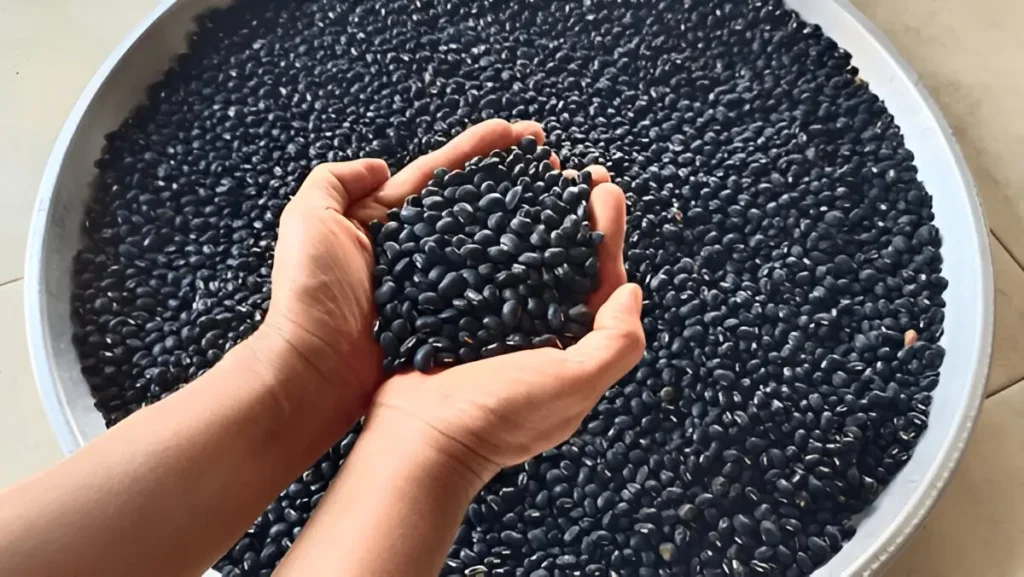
Black beans are another high fiber legume that is rich in protein, making them an excellent option for vegetarians and vegans. They are also rich in antioxidants and have been linked to several health benefits, including improved heart health.
11. Chickpeas: Mediterranean Fiber Staple
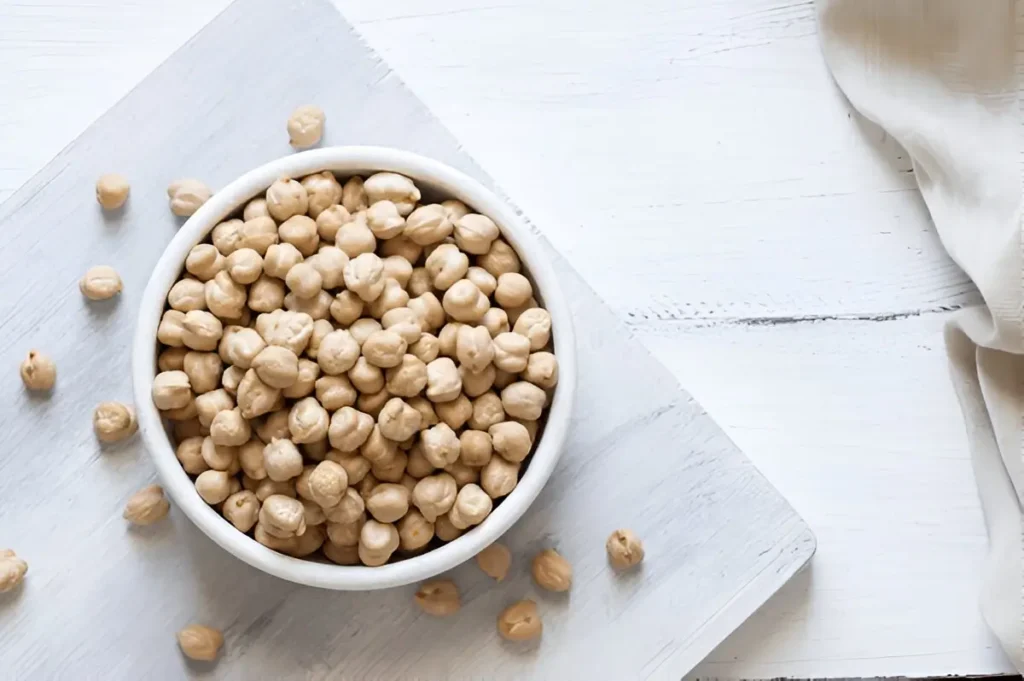
Chickpeas are a staple in Mediterranean cuisine and are known for their high fiber and protein content. They are versatile and can be used in a variety of dishes, from hummus to salads.
12. Split Peas: Soup’s Fiber Hero
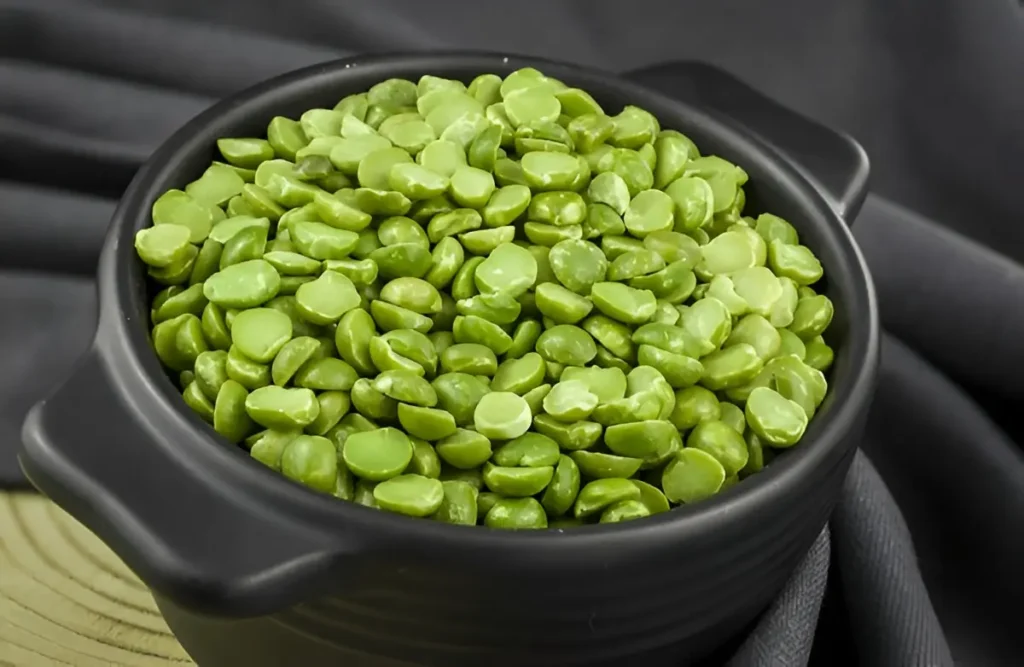
Split peas are a type of legume that is high in fiber and cooks quickly, making them a convenient addition to soups and stews. They are also rich in vitamins and minerals, adding to their nutritional value.
As Dr. Jane Smith, a renowned nutritionist, once said,
“Incorporating legumes into your diet is one of the simplest ways to boost your fiber intake and improve your overall health.”
By incorporating these legumes into your diet, you can create a variety of fiber-rich recipes that are not only delicious but also packed with nutrients. Whether you’re looking to improve your digestive health or simply want to feel fuller for longer, legumes are a great addition to a high fiber diet.
Whole Grains for Sustained Fiber Intake
Whole grains are a crucial component of a high-fiber diet, offering sustained nutritional benefits. They are rich in various nutrients, including fiber, vitamins, and minerals, making them an excellent addition to daily meals.
13. Oats: Morning Fiber Boost

Oats are a popular breakfast choice, and for good reason. They are not only rich in fiber but also versatile, allowing for various preparations. Whether you prefer them as oatmeal, overnight oats, or oat-based baked goods, they’re an excellent way to start your day.
Steel-Cut vs. Rolled vs. Instant
The type of oat you choose can affect your fiber intake. Steel-cut oats are less processed and retain more fiber compared to rolled or instant oats. However, all types can be part of a healthy diet when consumed mindfully.
14. Quinoa: Complete Protein with Fiber
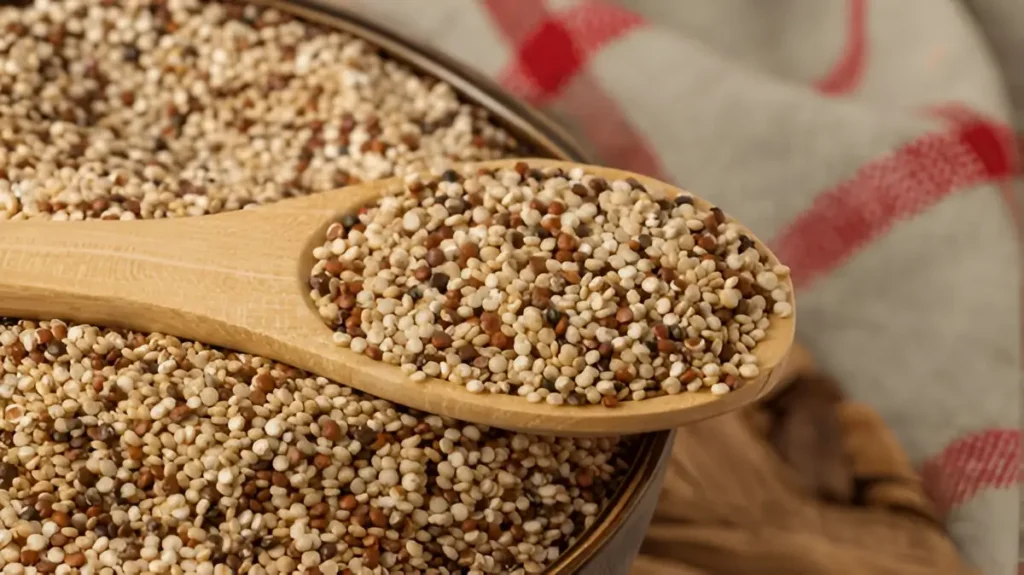
Quinoa stands out as a complete protein source and is also rich in fiber. This makes it an excellent option for vegetarians and vegans looking to boost their fiber and protein intake. Incorporating quinoa into salads, stir-fries, or as a side dish can significantly enhance your fiber consumption.
15. Barley: Ancient Grain with Modern Benefits
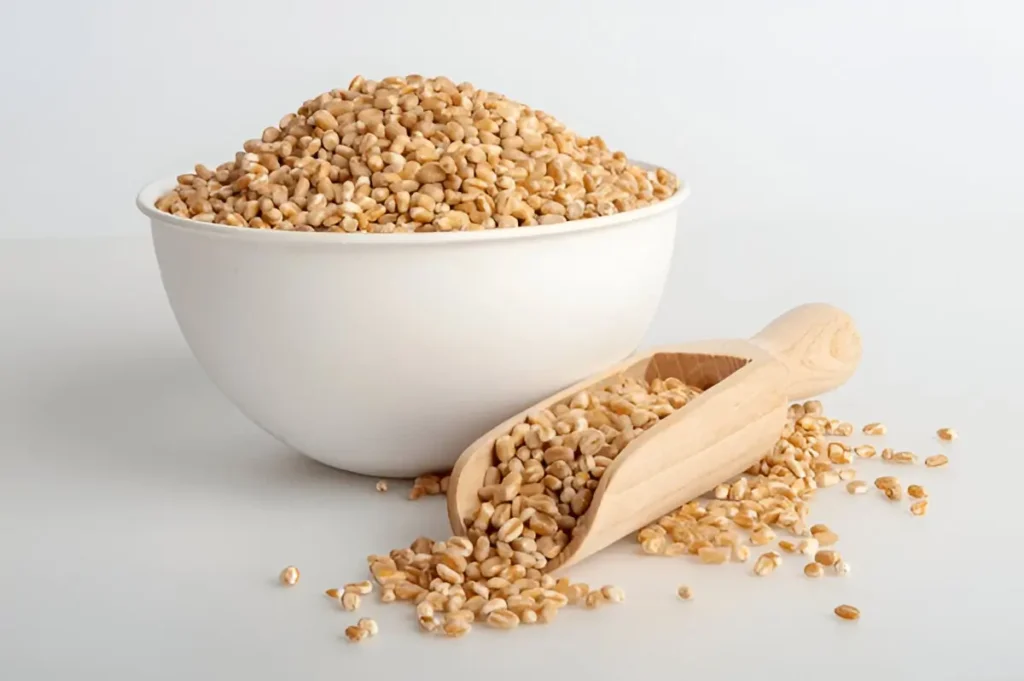
Barley is another whole grain that is high in fiber and has been consumed for centuries. It can be used in soups, stews, or as a side dish, offering a nutty flavor and chewy texture. Barley’s fiber content supports digestive health and can help lower cholesterol levels.
16. Brown Rice: Everyday Fiber Option
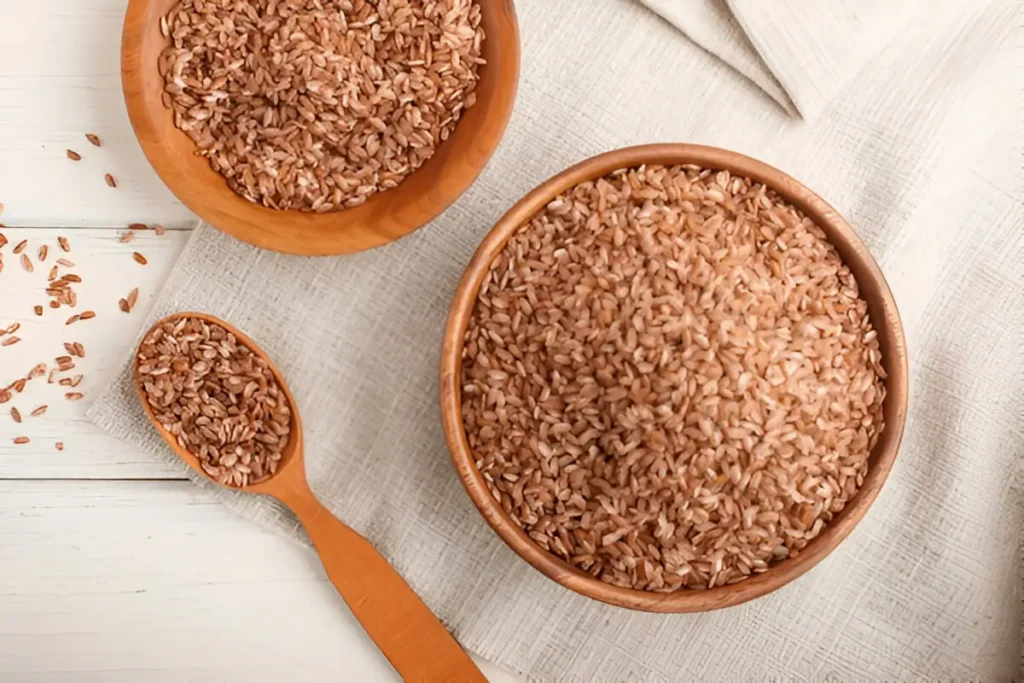
Brown rice is a staple in many cuisines and is a good source of fiber. Unlike white rice, it retains its bran and germ, making it more nutritious. Swapping white rice for brown rice in your meals is a simple way to increase your fiber intake.
Incorporating these whole grains into your diet can have a significant impact on your overall fiber intake. Experimenting with different recipes and meal ideas can make maintaining a high-fiber diet both enjoyable and sustainable.
Nuts and Seeds: Small Packages, Big Fiber
Nuts and seeds, despite their small size, are packed with fiber and nutrients, making them an excellent addition to a high-fiber diet. These compact foods are not only rich in fiber but also provide healthy fats, protein, and various essential vitamins and minerals.
17. Chia Seeds: Tiny Fiber Giants
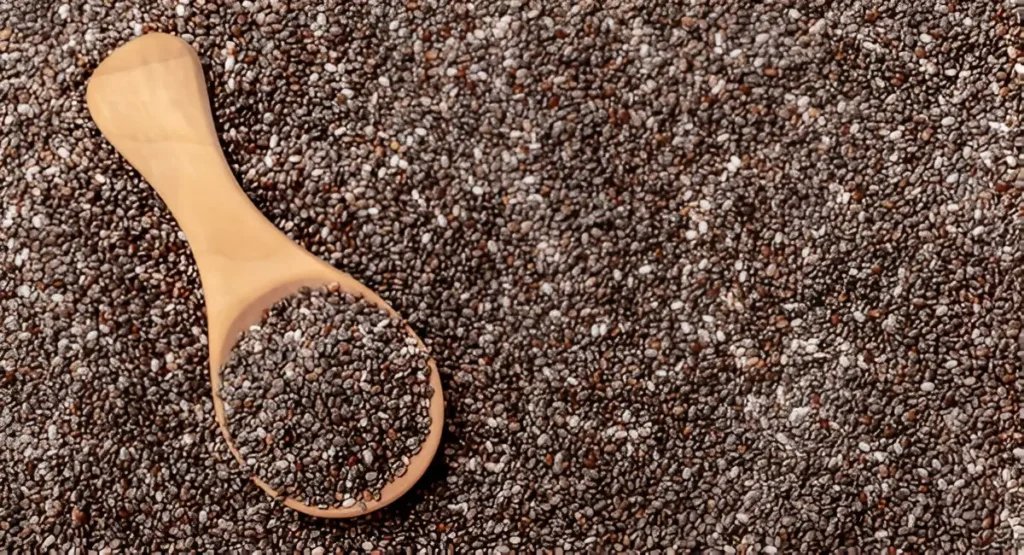
Chia seeds are a powerhouse of fiber, containing about 10 grams of fiber per ounce. They are also rich in omega-3 fatty acids and antioxidants. To incorporate chia seeds into your diet, you can soak them or use them in various recipes.
Soaking Methods
Soaking chia seeds can enhance their digestibility. Simply mix them with water or your preferred liquid and let them sit for a few minutes until they form a gel-like texture.
Recipe Ideas
Chia seeds can be added to smoothies, oatmeal, or yogurt. They can also be used as an egg substitute in baking.
18. Flaxseeds: Omega-3s Plus Fiber
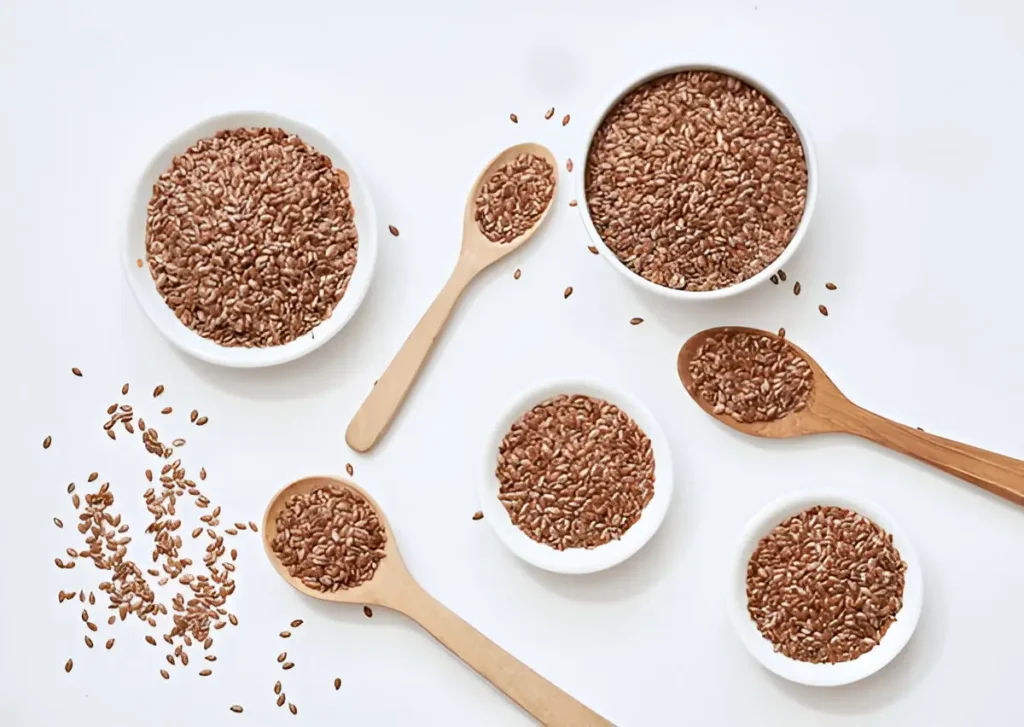
Flaxseeds are another excellent source of dietary fiber, with about 8 grams per ounce. They are also rich in omega-3 fatty acids, which support heart health.
19. Almonds: Crunchy Fiber Snack
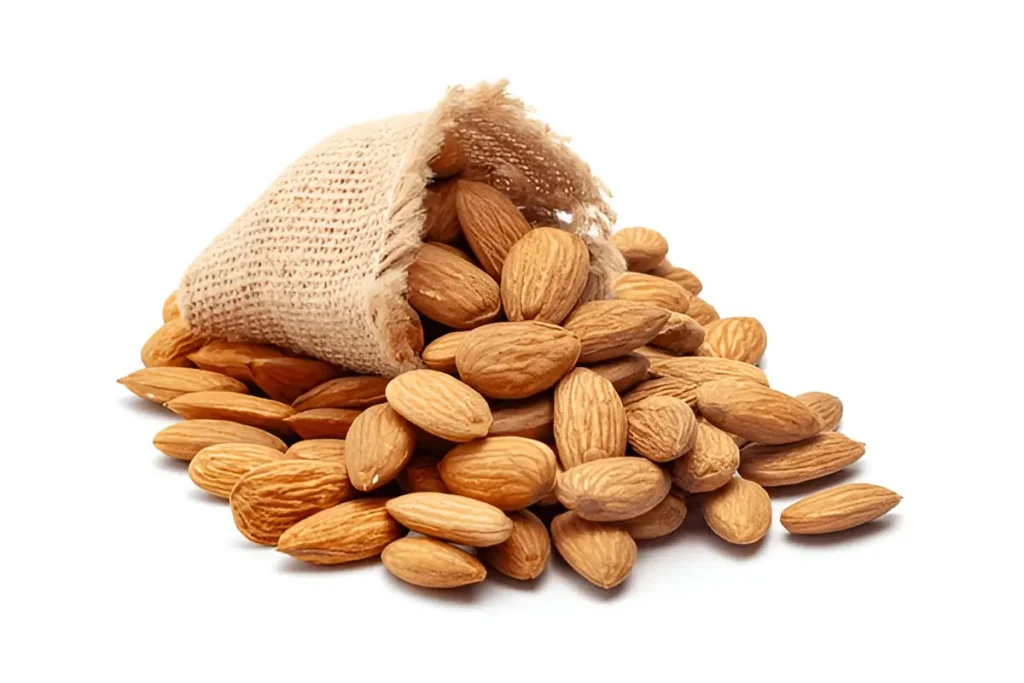
Almonds are a tasty and convenient snack that is rich in fiber, containing about 3.5 grams per ounce. They are also a good source of healthy fats and protein.
20. Pistachios: Fiber-Rich Munchies
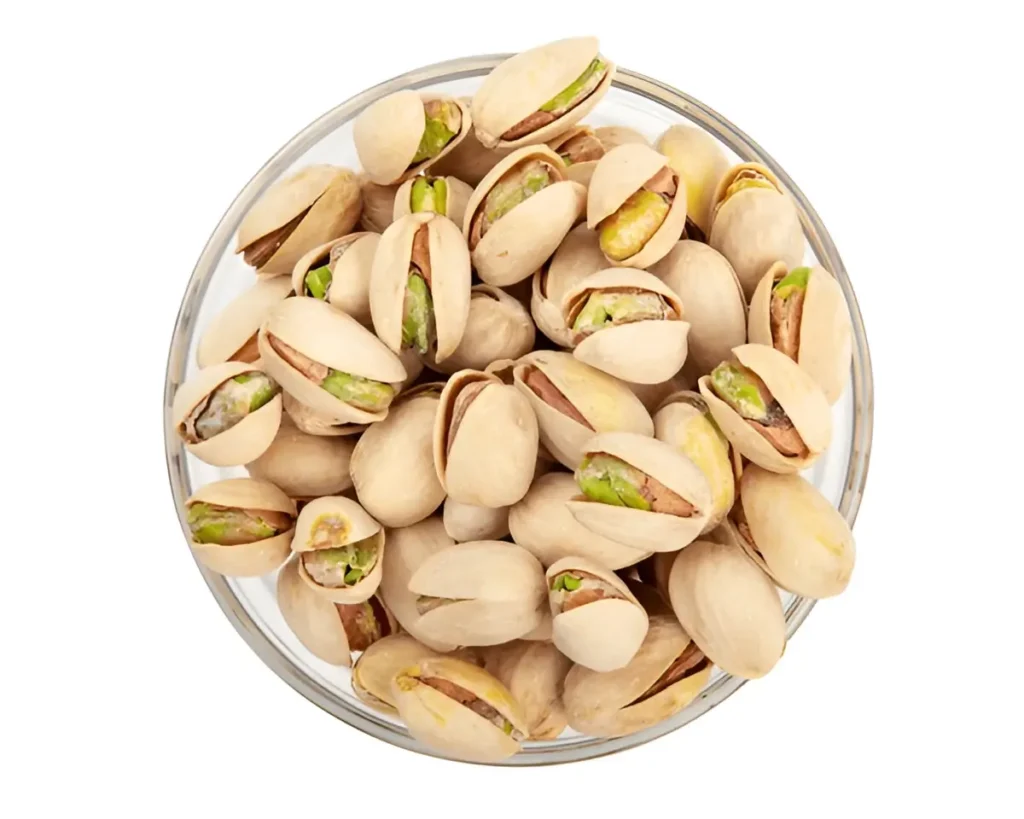
Pistachios are not only a fun snack but also a good source of fiber, with about 3 grams per ounce. They are also rich in antioxidants and various vitamins and minerals.
Top High Fiber Foods for Snacking
Snacking on high fiber foods is an excellent way to support your digestive health and overall well-being. Incorporating the right snacks into your daily routine can help increase fiber intake and contribute to a fiber-rich diet.
21. Popcorn: The Surprising Fiber Source
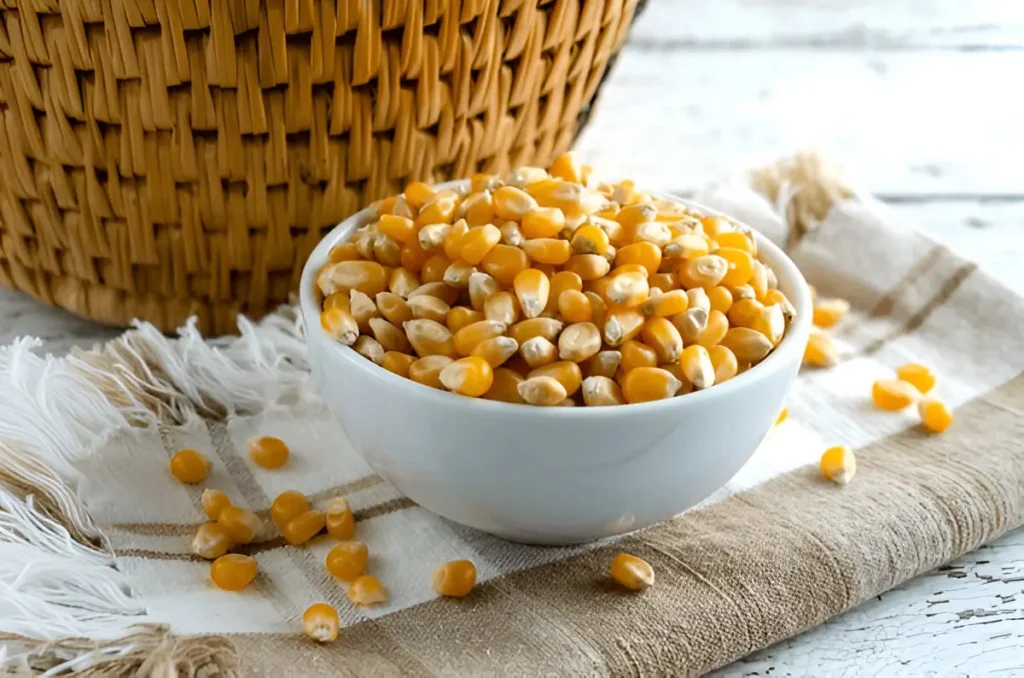
Popcorn is a fun and high fiber snack that is often overlooked. When prepared correctly, it can be a nutritious addition to your diet. One serving of air-popped popcorn contains about 3.5 grams of fiber.
Healthy Preparation Methods
- Air-popping is the healthiest way to prepare popcorn, as it avoids adding extra calories.
- Season with herbs and spices instead of salt and butter for a lower sodium and fat content.
- Try using a small amount of healthy oil like olive or avocado oil for added flavor.
22. Dark Chocolate: Indulgent Fiber Option
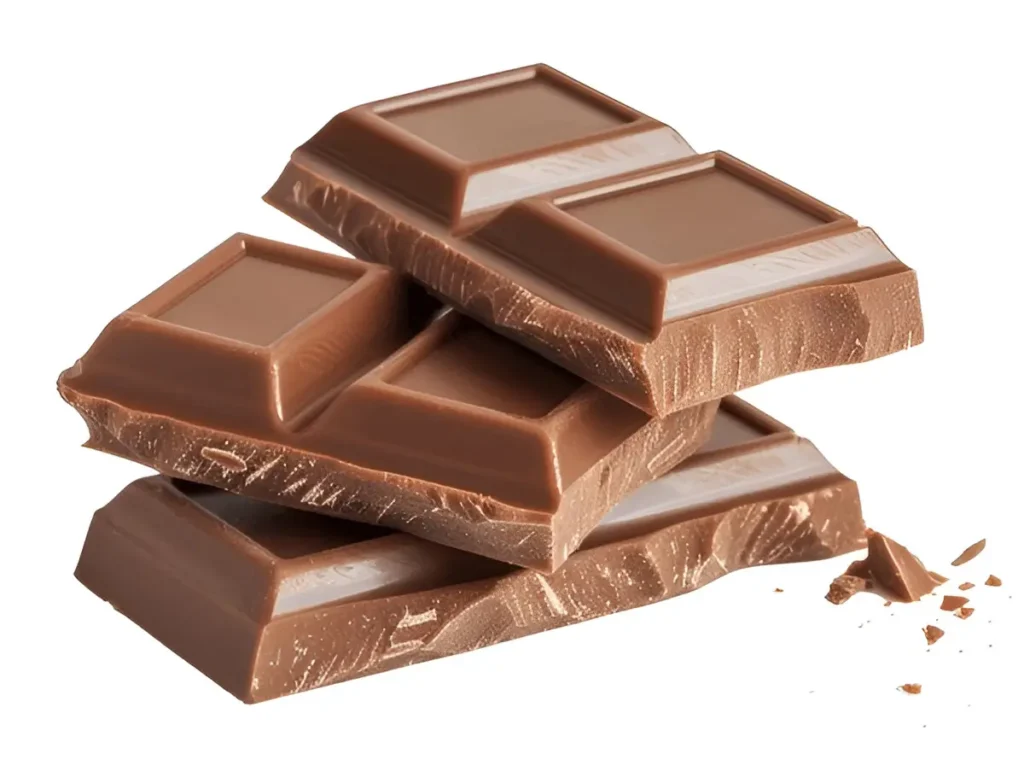
Dark chocolate is not only a treat for the taste buds, but it also contains a significant amount of fiber. A 1-ounce serving of dark chocolate (70% cocoa) contains about 3 grams of fiber. Choose dark chocolate with at least 70% cocoa content for the most health benefits.
23. Dried Fruits: Concentrated Fiber Treats

Dried fruits are a concentrated source of fiber and can be a healthy snack option. For example, a quarter cup of dried apricots contains about 3 grams of fiber. However, be mindful of portion sizes due to their natural sugar content.
“Dried fruits are not only rich in fiber but also in antioxidants and essential minerals, making them a nutritious snack choice.”
24. Coconut: Tropical Fiber Addition
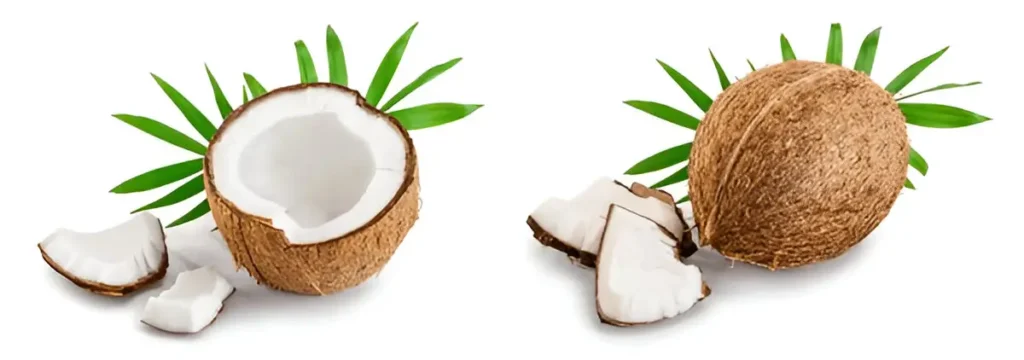
Coconut, in its various forms like shredded coconut or coconut flakes, can add a delicious tropical twist to your snacks while boosting your fiber intake. Two tablespoons of shredded coconut contain about 2.2 grams of fiber.
- Add shredded coconut to your oatmeal or yogurt for extra fiber.
- Use coconut flakes as a topping for smoothie bowls or salads.
By incorporating these high fiber snacks into your diet, you can take a significant step towards a healthier, more balanced lifestyle. Experiment with different preparation methods and combinations to keep your snacking routine interesting and nutritious.
Unexpected Sources of Dietary Fiber
Beyond the usual suspects, there are some surprising foods that are rich in dietary fiber and can easily be incorporated into your diet. While many focus on common high-fiber foods, exploring these unexpected sources can add variety and nutritional value to your meals.
25. Beets: Colorful Fiber Boost
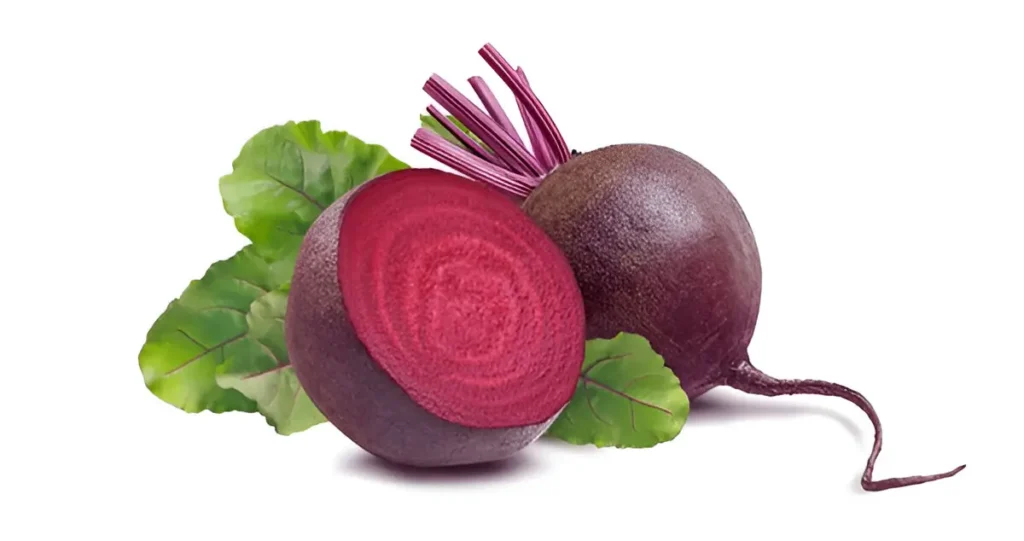
Beets are not only vibrant and delicious, but they’re also a good source of dietary fiber. One cup of cooked beets contains about 4 grams of fiber. They can be pickled, roasted, or added to salads for a nutritional boost.
Other Surprising Fiber-Rich Foods
In addition to beets, other unexpected foods can contribute to your daily fiber intake. Some examples include:
- Potatoes with skin, which are not only filling but also rich in fiber.
- Edamame, or boiled soybeans, which make for a great snack or side dish.
Potatoes with Skin
A medium-sized potato with skin can provide around 4-5 grams of fiber. Baking or boiling potatoes with their skin on is a simple way to increase your fiber intake.
Edamame
One cup of cooked edamame contains about 8 grams of fiber, making it an excellent fiber-rich snack or addition to meals.
Creating a High Fiber Diet Plan
Creating a diet rich in fiber doesn’t have to be complicated; with the right guidance, you can easily incorporate high fiber foods into your daily meals.
Breakfast Options
Starting your day with a high fiber breakfast can set a healthy tone. Consider options like oatmeal with fruits and nuts, or whole-grain toast with avocado. A high fiber breakfast can include:
- Oatmeal with berries and almonds
- Whole-grain toast with avocado and eggs
- Greek yogurt with chia seeds and banana
Lunch and Dinner Ideas
For lunch and dinner, incorporate a variety of high fiber foods such as legumes, whole grains, and vegetables. Some ideas include:
- Lentil soup with whole-grain bread
- Grilled chicken with quinoa and steamed broccoli
- Stir-fry with chickpeas, brown rice, and mixed vegetables
Snack Suggestions
Snacking is an easy way to increase your fiber intake. Choose snacks like:
- Fruits such as apples and bananas
- Nuts and seeds like almonds and chia seeds
- Carrot sticks with hummus
Weekly Meal Planning Template
To help you get started, consider using a weekly meal planning template. This can help you organize your meals and ensure you’re meeting your daily fiber goals. A simple template might include:
| Day | Breakfast | Lunch | Dinner | Snacks |
|---|---|---|---|---|
| Monday | Oatmeal with banana | Grilled chicken salad | Lentil soup | Apple slices |
By planning your meals and snacks in advance, you can ensure a consistent intake of fiber-rich foods, supporting your overall health and wellbeing.
Tips to Increase Fiber Intake Gradually
Understanding how to effectively increase your fiber intake is key to enjoying its numerous health benefits. A gradual increase in fiber consumption allows your gut microbiome to adjust, minimizing potential discomfort.
Why Slow Transition Matters
A sudden increase in fiber intake can lead to digestive discomfort, including bloating, gas, and cramps. Gradually increasing fiber intake allows your digestive system to adapt, reducing the risk of these side effects. This slow transition is crucial for maintaining a comfortable and healthy digestive process.
Practical Strategies for Daily Implementation
To effectively increase your fiber intake, start by making small changes to your daily diet. Here are some practical strategies:
- Begin your day with a high-fiber breakfast, such as oatmeal with fruits and nuts.
- Incorporate more fruits and vegetables into your meals and snacks.
- Replace refined grains with whole grains, such as brown rice and whole-wheat bread.
- Include legumes like lentils, chickpeas, and black beans in your meals.
These simple changes can significantly boost your fiber intake over time.
| Food Group | High Fiber Options | Fiber Content (grams per serving) |
|---|---|---|
| Fruits | Raspberries, Pears | 4-6 |
| Vegetables | Broccoli, Artichokes | 5-7 |
| Legumes | Lentils, Black Beans | 10-15 |
| Whole Grains | Oats, Quinoa | 4-5 |
Hydration Requirements with Higher Fiber
Increasing your fiber intake also requires adequate hydration. Fiber absorbs water, helping to soften and move food through your digestive system. Without enough fluids, fiber can cause constipation rather than preventing it. Aim to drink at least 8-10 glasses of water per day, adjusting according to your activity level and climate.
Potential Side Effects of Too Much Fiber
While a high-fiber diet is beneficial, consuming too much fiber can lead to uncomfortable side effects. It’s essential to be aware of these potential issues to maintain a balanced diet.
Common Digestive Complaints
Eating too much fiber can cause a range of digestive complaints, including bloating, gas, and abdominal cramps. These symptoms occur because fiber is fermented by bacteria in the colon, producing gas.
How to Mitigate Discomfort
To alleviate discomfort caused by high fiber intake, it’s recommended to increase fiber consumption gradually, allowing the gut microbiome to adjust. Additionally, drinking plenty of water can help fiber move through the digestive system, reducing the risk of constipation.
When to Consult a Healthcare Provider
If digestive issues persist or worsen, it’s crucial to consult a healthcare provider. They can help determine if the symptoms are related to fiber intake or if there’s an underlying condition that needs attention. Individuals considering fiber supplements should also seek professional advice to ensure they’re making the best choices for their health.
Fiber Supplements: When and How to Use Them
While a balanced diet rich in whole foods is the best way to get fiber, supplements can help bridge the gap for some individuals. For those who struggle to consume enough fiber from natural sources, fiber supplements can be a valuable addition to their diet.
Types of Fiber Supplements
Fiber supplements come in various forms, including powders, capsules, and tablets. Some common types include:
- Psyllium husk: Known for its ability to promote regular bowel movements and soften stool.
- Methylcellulose: A synthetic fiber that helps with constipation and can also support healthy blood sugar levels.
- Polycarbophil: A synthetic fiber that can help with both constipation and diarrhea by bulking up stool.
- Inulin and other prebiotics: These fibers support gut health by feeding beneficial bacteria.
Natural vs. Synthetic Options
Fiber supplements can be derived from natural sources or synthesized. Natural fibers, such as psyllium, are often preferred for their similarity to dietary fiber found in foods. Synthetic fibers, like methylcellulose, are also effective and can offer specific benefits.
Who Should Consider Supplements
Individuals who have a low-fiber diet, suffer from constipation, or have certain medical conditions may benefit from fiber supplements. However, it’s crucial to consult with a healthcare provider before starting any supplement regimen.
Proper Dosage Guidelines
The recommended dosage of fiber supplements varies depending on the type and individual needs. Generally, it’s advised to start with a low dose and gradually increase to allow the gut microbiome to adjust. Adequate hydration is also essential when taking fiber supplements.
Delicious High Fiber Recipes to Try
Boost your fiber intake with our selection of tasty and nutritious high fiber recipes. Incorporating fiber-rich foods into your diet can be both simple and delicious, and we’re here to guide you through some mouth-watering options.
Breakfast Recipes
Starting your day with a high fiber breakfast can set you up for success. Here are a couple of recipes to get you going:
Overnight Chia Pudding
Mix chia seeds with almond milk, let it sit overnight, and top with fresh fruits in the morning. This breakfast is not only high in fiber but also rich in omega-3s.
Fiber-Packed Smoothie Bowl
Blend your favorite fruits with spinach, chia seeds, and almond milk. Top with granola, nuts, and fresh fruits for a fiber-rich breakfast that’s both healthy and filling.
Main Dish Ideas
High fiber main dishes can be both satisfying and flavorful. Here are some ideas:
Bean and Vegetable Stew
A hearty stew made with a variety of beans and vegetables is a great way to increase your fiber intake. Season with your favorite herbs and spices for added flavor.
Grain Bowl with Roasted Vegetables
Roast a mix of colorful vegetables and serve over quinoa or brown rice. This dish is not only high in fiber but also packed with vitamins and minerals.
Fiber-Rich Desserts
Yes, you can even have high fiber desserts! Here are a couple of sweet treats:
Berry Crumble with Oat Topping
Mix your favorite berries with a bit of sugar and lemon juice, then top with a crumble made from oats, nuts, and a touch of cinnamon. Bake until golden and enjoy as a fiber-rich dessert.
| Recipe | Fiber Content (g) | Calories |
|---|---|---|
| Overnight Chia Pudding | 10 | 200 |
| Fiber-Packed Smoothie Bowl | 12 | 350 |
| Bean and Vegetable Stew | 15 | 400 |
| Grain Bowl with Roasted Vegetables | 8 | 500 |
| Berry Crumble with Oat Topping | 6 | 250 |
These fiber-rich recipes are not only delicious but also packed with nutrients. Incorporating them into your diet can help you meet your daily fiber needs and support overall health.
Special Considerations: Fiber Needs Across Life Stages
Understanding the role of fiber across various life stages is crucial for maintaining optimal health. As people grow and age, their dietary needs, including fiber intake, change significantly.
Children and Adolescents
For children and adolescents, a high fiber diet plan is essential for healthy growth and development. It helps in establishing good eating habits from an early age and supports digestive health.
- Encourage a variety of fiber-rich foods like fruits, vegetables, and whole grains.
- The daily fiber intake recommendation varies by age and should be adjusted accordingly.
Adults and Seniors
Adults require a balanced fiber intake to maintain digestive health and support heart health. For seniors, fiber can help manage constipation and support healthy blood sugar levels.
- Adequate hydration is crucial when increasing fiber intake.
- Fiber-rich foods can help manage weight and improve overall health.
Pregnancy and Nursing
During pregnancy and nursing, women’s fiber needs may increase. A high fiber diet can help manage pregnancy-related constipation and support overall health.
- It’s essential to gradually increase fiber intake to avoid discomfort.
- A balanced diet rich in fiber can support the health of both mother and baby.
Medical Conditions Affecting Fiber Needs
Certain medical conditions, such as diabetes, heart disease, and gastrointestinal disorders, may require specific fiber intake adjustments.
- Consulting a healthcare provider is crucial for determining the right fiber intake.
- A fiber-rich diet can help manage symptoms and support treatment plans for various conditions.
Conclusion: Making High Fiber Foods a Lifestyle Choice
Incorporating high fiber foods into your diet is a simple yet effective way to improve overall health and wellbeing. By understanding the benefits of a fiber-rich diet and making informed choices, individuals can increase their fiber intake and enjoy the rewards of a healthier digestive system, weight management, and enhanced energy levels.
Adopting a high fiber diet is not about making drastic changes; it’s about making sustainable lifestyle choices. Start by introducing more fruits, vegetables, legumes, whole grains, and nuts into your meals. Gradually increasing fiber intake allows the gut microbiome to adjust, minimizing potential discomfort.
Making high fiber foods a staple in your diet can have a significant impact on long-term health. With the knowledge of the best high fiber foods and how to incorporate them into your daily routine, you’re empowered to take control of your health. Begin your journey towards a healthier, fiber-rich lifestyle today.
FAQ
What are the best sources of dietary fiber?
The best sources of dietary fiber include a variety of high fiber foods such as fruits (raspberries, pears, apples, avocados), vegetables (artichokes, broccoli, Brussels sprouts, carrots), legumes (lentils, black beans, chickpeas, split peas), whole grains (oats, quinoa, barley, brown rice), and nuts and seeds (chia seeds, flaxseeds, almonds, pistachios).
How much fiber should I consume daily?
The daily recommended fiber intake varies by age and gender. Generally, adults should aim for 25-30 grams of fiber per day, with specific recommendations being around 38 grams for men and 25 grams for women.
Can a high fiber diet help with weight management?
Yes, a high fiber diet can support weight management by promoting feelings of fullness, reducing overall calorie intake, and improving metabolic health.
Are fiber supplements as effective as high fiber foods?
While fiber supplements can help increase fiber intake, whole high fiber foods provide additional nutrients and health benefits that supplements may lack. It’s recommended to prioritize whole foods over supplements whenever possible.
What are some tips for increasing fiber intake gradually?
To increase fiber intake gradually, start by adding a serving of high fiber food to one meal per day, gradually increase the amount over time, and drink plenty of water to help fiber move through the digestive system.
Can too much fiber be harmful?
Yes, consuming too much fiber can lead to digestive discomfort, including bloating, gas, and abdominal cramps. It’s essential to increase fiber intake gradually and listen to your body’s tolerance.
How can I incorporate high fiber foods into my diet?
Incorporate high fiber foods into your diet by starting your day with a high fiber breakfast, snacking on fruits and nuts, adding legumes to your meals, and choosing whole grains over refined grains.
Are there any high fiber snack options?
Yes, there are many high fiber snack options, including popcorn, dried fruits, dark chocolate, coconut, and raw or roasted nuts and seeds.
How do I create a high fiber diet plan?
To create a high fiber diet plan, identify high fiber foods you enjoy, plan your meals around these foods, and aim to include a variety of fiber sources in your diet. You can also use a weekly meal planning template to structure your diet effectively.
What are some delicious high fiber recipes I can try?
Some delicious high fiber recipes include overnight chia pudding, fiber-packed smoothie bowls, bean and vegetable stew, grain bowls with roasted vegetables, and berry crumble with oat topping.



